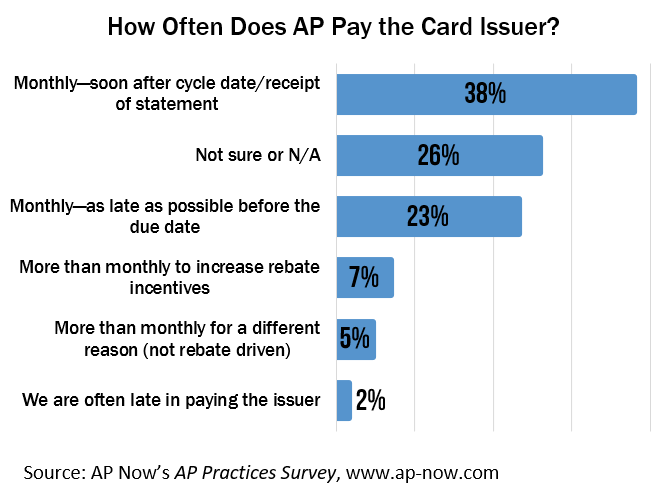False mileage reports, false expense reimbursement requests, and personal use of the company card comprise the crimes committed by former Allina Health vice president, David M. Johnson. Following his guilty plea to four counts of theft by swindle, he will be sentenced in June to nearly four years of prison time. I first wrote about this case in February (link provided below), but additional information has since emerged. Keep reading to see what he did and how it was caught more than 10 years after it started. Would your organization have uncovered a fraud like this sooner?
What Happened
It appears Johnson’s embezzlement activity started in 2004 and involved approximately $775,000. The scary part is, it was not uncovered by Allina until 2017 and an investigation ensued. Due to a five-year statute of limitations in Minnesota, his guilty plea “only” pertains to around $417,000. The criminal complaint by Hennepin County in Minnesota provides some interesting details that should serve as warning signs to other organizations.
False Mileage Reports
At one point, Johnson was one of the top two employees receiving the highest mileage reimbursements. As such, Allina informed him of this status and reminded him of the option to use a company car instead; he declined without giving a reason.
Things began to unravel when an employee noticed Johnson’s reports were “disproportionate to other Allina employees.” Subsequent research showed conflicts between Johnson’s calendar and usage of his company ID card (for building and parking ramp access), and his purported trips/external meetings. Further, individuals at the external sites he supposedly visited denied Johnson was there on the dates in question.
False Expense Reimbursement Requests
Johnson conducted various schemes to defraud Allina. One involved submitting copies of personal checks (and false invoices) he claimed to have paid to a particular printing company. He was compensated more than $300,000 over the years. The investigation revealed none of the checks were ever issued to said vendor and, in fact, the printing company had gone out of business in 2000.
Card Fraud
Johnson used his company credit card to make personal purchases of season tickets to multiple sports teams (e.g., Minnesota Vikings). He even convinced the respective organizations to split up the ticket costs into smaller charges in order to circumvent his card limits. I have to wonder who was responsible for reviewing and approving his card transactions! Taking his fraud a step further, he sometimes sold these tickets to colleagues.
Additional Resources
Tips to Glean from the Case
To name just a few:
- Periodically audit mileage claims to ensure employees have taken the trips in question.
- Enforce a policy concerning when a company car should be used.
- Do not reimburse employees for invoices pertaining to non-travel goods and services.
- Pay attention to vendor spend. Conduct research when the collective dollar total and/or purchase frequency exceeds certain thresholds.
- Ensure appropriate oversight of ALL cardholders’ activity.
- Establish an effective auditing strategy for Commercial Cards.
Available Products & Services from Recharged Education
- Complimentary online content
- Resources available for purchase
- Fee-based services for industry providers and end-user organizations, such as training, consulting, and content development
Submit a contact form to request a quote for what your organization needs.
Subscribe to the Blog
Receive notice of new blog posts.
About the Author
Blog post author Lynn Larson, CPCP, is the founder of Recharged Education. With 20 years of Commercial Card experience, her mission is to make industry education readily accessible to all. Learn more…




